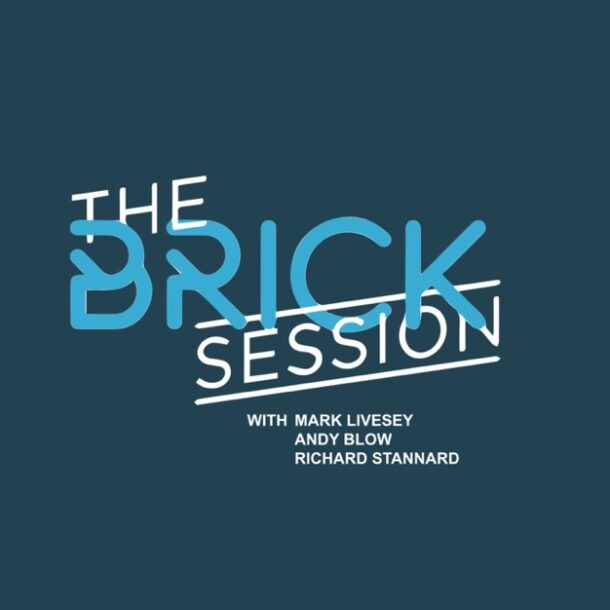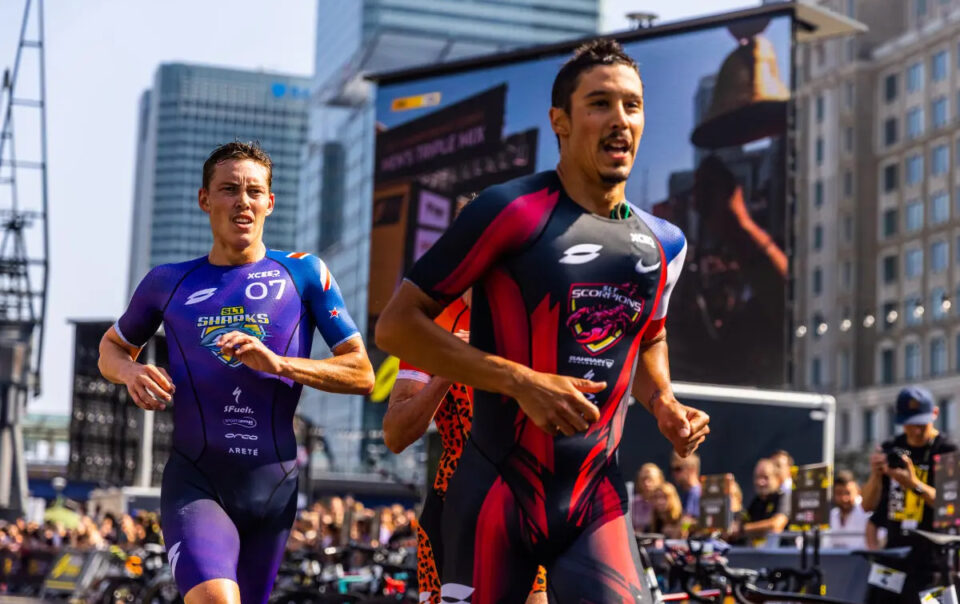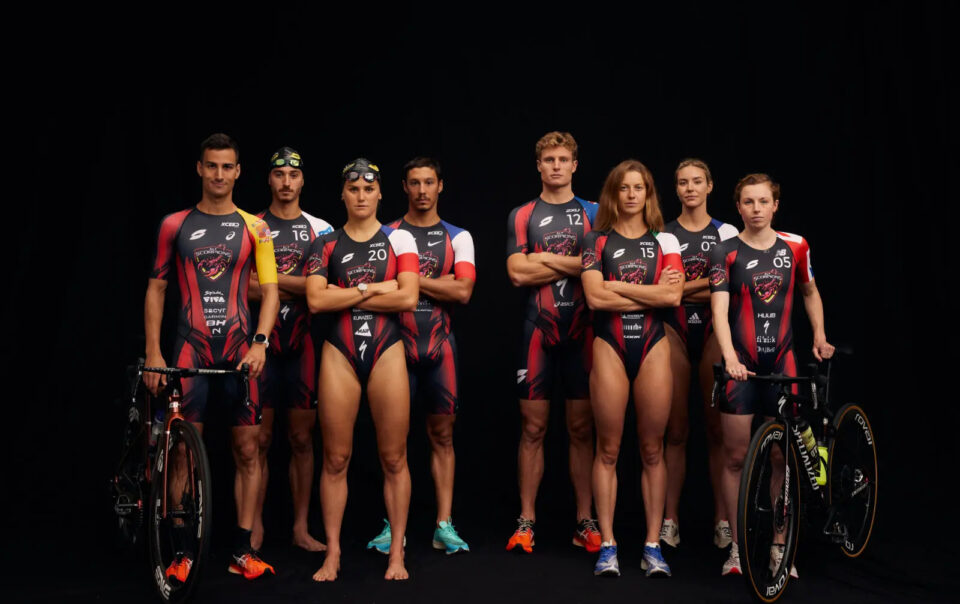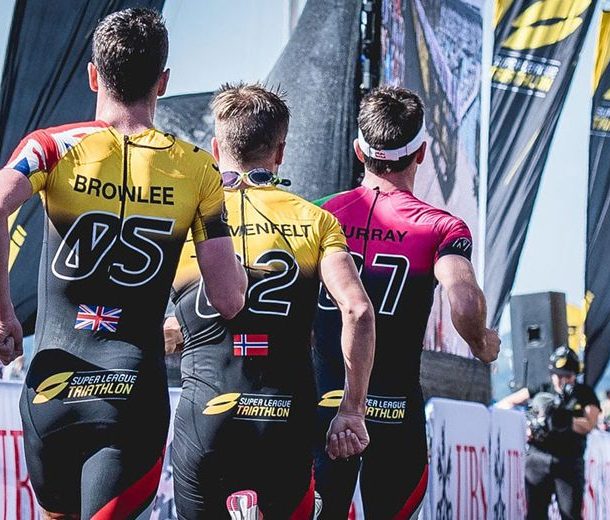
Super League Triathlon – the commercialisation of the future of triathlon
Super League Triathlon proposes another triathlon model: is it the future or just a fun addition to the World Triathlon Series?
In the 90s, triathlon flourished in the United States, France, Germany or Australia, and became a spectacularly fast Olympic sport. In Australia, a great historical power of triathlon, the mythical “Formula 1 series” were disputed with live television.
It was a private triathlon circuit that proposed short formats, some with alterations in the order of the disciplines, with breaks between the parties (for example, three mini triathlons with a 10-minute break between each), and fundamentally focused on being telegenic ( “More televisions”) thanks to a careful broadcast, with interviews with the protagonists and, therefore, with the intention of popularizing the triathlon.
The “F1” achieved an ephemeral success, like other spectacular formats such as that Bordeaux indoor triathlon in 1993 that was played in its entirety at the velodrome.
The traditional program of the ITU (International Triathlon Federation), linked to the world championships and cups and the Olympic Games is the only Olympic distance, or short distance, format that has endured over time. The F1 series fell into oblivion… until it was rescued by one of its participants at that time: the two-time Ironman world champion, and also ITU Olympic distance world champion, Chris McCormack, Macca. The Australian, now retired, and Michael D’Hulst convinced the amateur triathlete and Russian billionaire,Leonid Boguslavsky that they could create a new professional circuit, with great prizes for triathletes and worldwide television coverage that relaunched a triathlon, according to them, stalled in traditional formats.
They created Super League Triathlon, which was launched in March 2017, on Hamilton Island (Australia) with three consecutive days of competition and with the absence of women, very controversial for a sport that has been characterized by absolute equality between genders since the beginning. The women would join in September, in the second and last test of 2017.
However, they managed to bring together the crème de la crème of the world men’s triathlon: the Brownlee, Gómez Noya, Mario Mola, Murray, etc. “Innovative, fast, spectacular …”, the adjectives to the communication of Super League ran out to announce a “new format that will change the course of the history of the triathlon”. Super League redoubled efforts to characterize the characters, offer detailed information, and ultimately create an account of the competition with more conflict than what the ITU is used to. They generated very high expectations in the triathlon world, which were largely met by riding the wave of novelty.
This is how the Super League Triathlon emerged , which this weekend is played for the first time in Mallorca. It is the third stage of this second season 2018-2019, which started in late September on the island of Jersey after finishing the World Triathlon Series (the world Olympic distance stage championship organized by the ITU, which this year was won for the third time by Mario Mola). Vincent Luis and Katie Zaferes, current leaders of the Super League, are the big favorites in Porto Cristo. After the Balearic test, only the last stage will be missing in Singapore, February 23-24, two weeks before the start in Abu Dhabi of the Triathlon World Series.
These data are important to understand how and where the Super League is located in the puzzle of the world triathlon scene. For the uninitiated, it should be remembered that it is divided into two major worlds: on the one hand, the short distance, ITU tests and the Olympic Games, in short, draft-legal (with some exceptions) in sprint and Olympic distance; and on the other, the medium and long distance and whose mecca is the Hawaii Ironman.
According to its schedule, Super League does not intend at the moment to compete with the World Series, which on the other hand are the access route to the pinnacle of Olympic distance: the Olympic Games in which everyone yearns to compete. Macca and company try to make a hole for themselves through the window of opportunity that leaves the month and a half after the end of the season, in order to have many of the best triathletes without forcing them to choose between the Super League and the World Series, nor denying them the rest they need after nine months of competition around the world.
Read the full article in Spanish on sport.es.
Philosophy
“Great things happen to people who make great things happen.”
Navigate
chris@macca.com
Terms & Conditions
Privacy Policy




